WHAT IS THE HISTORY OF GLASS
As we move from building to building discover the fascinating wonders of the history of glass-making.
FIRSTLY ALLOW ME TO LET YOU INTO A LITTLE SECRET (SHH! DON’T TELL A SOUL)
I lived in Newcastle and later Vryheid, which are both very close, about an hour’s drive from Dundee, where the Talana Museum is, and not once, in all those years did I ever visit the Talana Museum.
Boy! I was totally unaware that I had missed out on a great treat.
We were always traveling through Dundee to get to somewhere else and didn’t make the time to stop and visit or investigate what Dundee and the surrounds had to offer.
What a shame!
REVELATIONS – THE TIME HAS COME
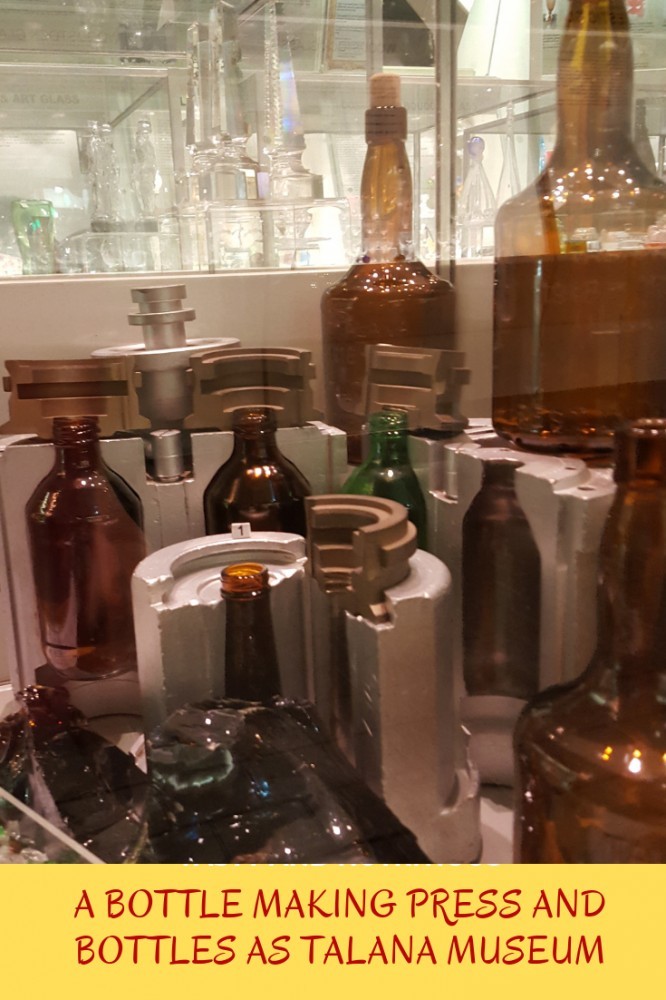
After returning from a wonderful trip taken with my brother, Myles, to Northern Kwa-Zulu Natal a month or so ago, and after visiting the most interesting Talana Glass Museum with my sister-in-law, who works there, it made me ask myself #whatisthehistoryofglass.
I am not going into the history of glassmaking but will give you some of the facts and then go on to tell you about the wonders I saw at Talana which prompted this blog.
Personally, as a person who loves the beauty of glass, but most of all the beauty of nature, I could not imagine living in a home with no clear glass windows to let in the light and also so that I may view the scenery and bird life around me.
From my kitchen and my sewing room windows, I have views of our spectacular Table Mountain, here in Cape Town, South Africa.
Could you just imagine if we did not have the ability to see through our windows?
A BIT OF THE HISTORY OF GLASS MAKING
These amazing facts were such a revelation to me and I hope it will be to you too. WHO WOULD HAVE KNOWN?
- Glassmaking began in the Stone Age. Weapons and jewelry were made using obsidian black volcanic glass. This absolutely was such a surprise to me as I would never have thought that glassmaking, in any form, would have been done so far back in time.
- 3500 BC – Glass was made by the Egyptians and also in Mesopotamia. These were the first glass vessels. Finding difficulties, glass melting furnaces were very small and also hard to use, the making of glass slacked off but was revived around 700 BC in Mesopotamia and in 500 BC in Egypt
- In the 1st Century BC, a Syrian invented the blowpipe which made making glass faster and cheaper. Don’t you wonder, what made him even think of a Glass Blow Pipe? I do.
- The Chartres and Canterbury Cathedral windows were made in the 13th and 14th Centuries
- 1291 the Venetian glassblower – Angelo Bavaria created Cristallo which was nearly colorless – transparent glass
- 1674 was the year English, George Ravenscroft invented Lead glass. Glass used for windows was called Crown Glass
- 1820 – the age of blowing individual glasses and flasks ended as hand-operated machines were manufactured.
- 1902 – (A BIG SHOUT OUT FOR IRVING W. COLBURN), who was the inventor of sheet glass.
- 1904 saw American Michael Owens patenting the Automatic Bottle Blowing Machine.
- 1959 – No turning back now as this was the time of the revolutionary Float Glass which was produced by Sir Alistair Pilkington. Pilkington Glass still manufactures 90% of Float Glass today.
TALANA MUSEUM AND WHY I RECOMMEND THAT YOU STOP BY
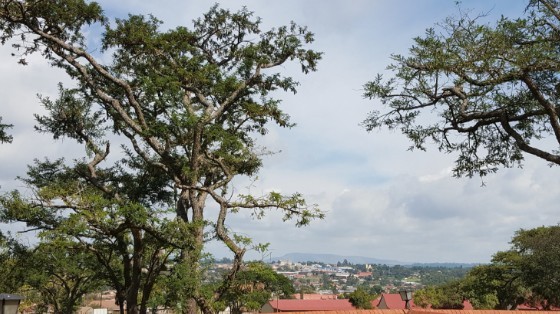
The meaning of the name Talana is “The Shelf where precious items are stored”. To me, this is so appropriate after seeing the beautiful displays of glassware in the Museum.
The Museum is on a portion of the farm which was part of the Talana Battle Field.
The farm belonged to Peter Smith who had a small coal mine on the site where the museum stands. He was also one of the founders of Dundee.
The coal mine is no longer there but there are so many artifacts pertaining to the coal mine which are really interesting to see.
The collection of the items for the Museum began in 1979 to commemorate the Anglo-Zulu war and was moved to its present site in 1983 to commemorate Dundee’s centenary.
When looking at and photographing the wonderful views of Dundee from the hill on which the museum stands, and the beautiful surroundings, it is difficult to believe that a terrible war took place there, perhaps exactly where I was standing.
MORE THAN A GLASS SHOWCASE
There is so much to see as you go around from building to building as it is split up into sections.
Once you have parked and before going into the main building, take a walk around. Make sure you are wearing comfortable walking shoes as you need them. There is so much to see.
Beginning with the coal mining exhibits as Dundee and the surrounding area was coal mining country. One can only imagine what hard work went on in the mines when you see the equipment they used. How the railway line went into the mine shafts and the coal had to be dug up and put into the skips and then brought out.
One of the exhibits I really enjoyed was the Talana Station with a Class 13A locomotive and the Shosholoza carriage. Apparently, this can be hired for small functions which should be a fun place for a kiddies’ party venue.
SO MUCH TO SEE – GIVE YOURSELF TIME
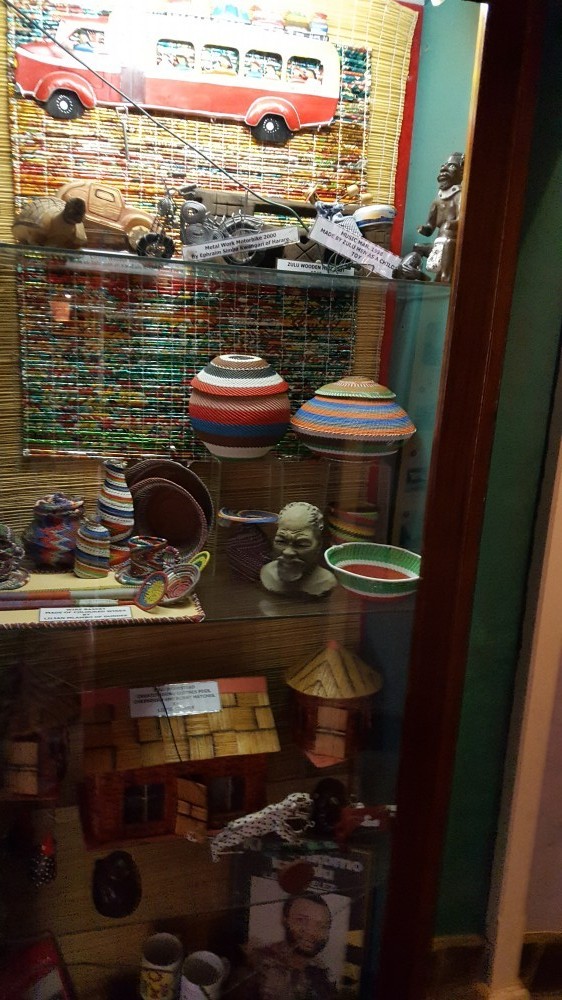 There are so many exhibits to see at this museum and having them dotted around the place in different buildings is special as it allows you time to walk in the glorious sunlight and breathe in the fresh country air.
There are so many exhibits to see at this museum and having them dotted around the place in different buildings is special as it allows you time to walk in the glorious sunlight and breathe in the fresh country air.
Here are some of the exhibits to check out
- Workshop with tools from that era
- Old Fire Engine – am sure the children will be interested in this
- Old-fashioned shop with goods that would be staple things in the homes at that time
- The Bead Gallery
- A chemist of that time
- The Bank – in which my Grandfather worked at one stage
- Photography business with photographs from that era
- The Museum Shop – where you can buy something to take home to remember your visit
EXHAUSTED AND SATISFIED WITH WHAT YOU HAVE SEEN
Now is the time to treat yourself to something great to eat at The Miner’s Rest. Which is housed in a pre-1914 corrugated iron miner’s home, that was relocated from Ballengeich mine, in the Dundee district.
Relax and enjoy a delicious meal, as my brother and my two sisters-in-law did last weekend. Myles felt the need to take his wife Daphne to visit Margie and they went to Dundee and visited the Talana Museum with Margie. The perfect guide.
Myles had serious back surgery on numerous occasions so needed some “time out” to sit down and relax after all the walking they did. He told me that he and Daphne enjoyed the pies so much that they bought some to take home with them.
Now if that is not a good recommendation, I don’t know what is.
MY HOPE IS
That, by writing this post about #whatisthehistoryofglass, you have learned just how far we have evolved, but that our forefathers knew more than we realized.
By sharing with you the journey and the enjoyment of new experiences, I have encouraged you to, if not come to South Africa on a holiday.
See the lovely sights, experience the gracious hospitality, and taste the scrumptious food.
Then at least look around at places in your own land and take a trip to learn something new and experience something exciting.
You might not have to look far to find an unexpected treasure.
I do hope you enjoyed this journey into something that was unknown to me. Perhaps you did not know about the history of glass either.
THAT YOU WILL SHARE
I would love for you to share what fun and exciting things you have learned about when you are away on your travels.
What inspired you to go and seek them out?

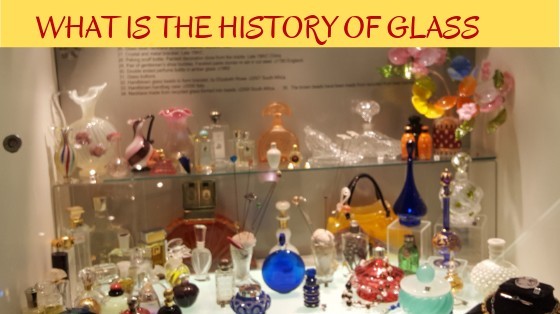
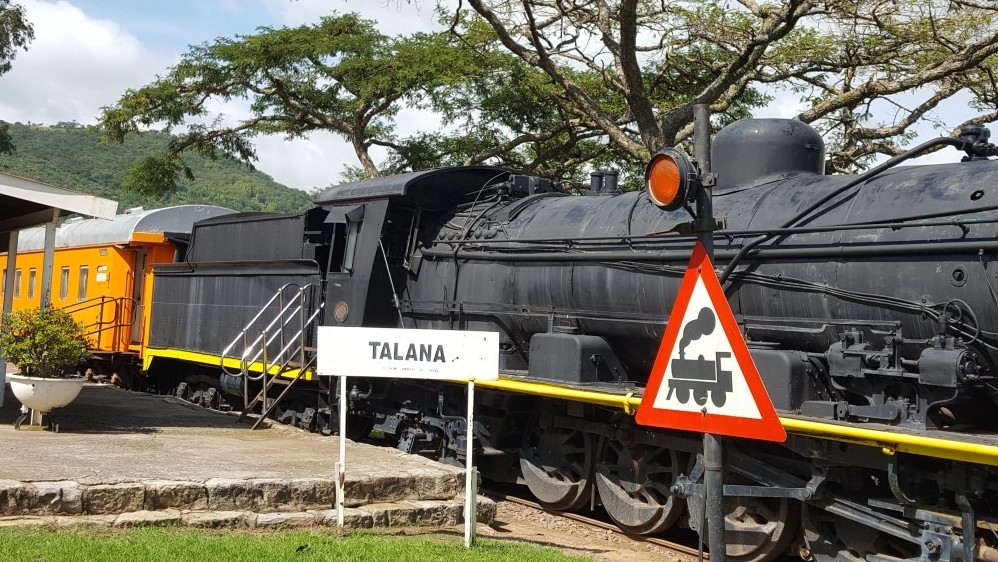
Hi Jill
Thank you so much for a wonderful article. I too had no idea that the history of glass dated back all the way to the stone age! I agree completely glass is a wonderful substrate and I used to actually work in a craft centre where they would “blow glass” on a daily basis. I was recently in Venice and went to the Murano glass museum and I know that they say Venetian glass dates back at least 1500 years.
I wasn’t aware that there was a history of South African glass either. The Talana museum sounds like a great place to visit although if and when I will get back to South Africa I’m not sure. I still have family there in Somerset West but I was last over in the early 1980’s. If I do ever get back I’ll be sure to put The Talana museum on my to do list
Thanks again
Kevin
Hi Kevin, 1980 is a long time to be away from South Africa and all it offers. I do hope you think of taking another trip over to see your family in Somerset West.
There are so many wonderful places to visit and things to do.
Thank you so much for reading my post and commenting. I appreciate it.
I’m one of those random researchers who will research the history of just about any object, but I had never come across the history of glass. After reading this, I jumped over to Wikipedia just for an overview and glass making indeed started in ancient times. I think many of us think of glass as something more recent, perhaps after the Common Era began, but it will come as a shock, like it did to me, that glass making has much more of a history than many give it credit for, and it’s one of those objects that, like the wheel, changed the world over the course of millenniums.
Hi Tod, You are so right, I was also under the impression that glassmaking was a much more recent innovation. Who would have thought that it was made so long ago? Obviously, not the plate glass we know as window glass but glass for making tools, etc.
It truly amazes me how need can create solutions.
Thank you for reading my post and finding it interesting. It was great fun to research.
Wonderful and extremely well written post. I was under the impression that glass was a relatively recent invention and had absolutely no idea that humankind has been making and using glass from the stone ages (still wonder why they needed glass for though). I love the way you took me to the journey through the museum and the point about missing beauty close to us really hit home.
Im going to try and visit at least a few hidden gems near my place now. Thanks for sharing the beauty and for nudging the explorer in me. 🙂
Joshi
Hi Joshi, In the Stone Age, they used it for making weapons and believe it or not, jewelry.
I do hope you are inspired to visit places of interest in your area.
Thank you for commenting on my post.
Hi Jill,
Though I already knew that making glass went back to a few years BC, I never knew that it actually went as far back as the Stone Age! Who woulda thunk it!
Nowadays I assume that all glass blowing is done by machine – unless someone is creating glass art.
But, making glass art must be a bit dangerous, don’t you think? With all the toxins present – if there are contaminants in the glass and quartz – or impurities in the minerals that give the glass color – you would have to be very disciplined in the art of glass blowing to make sure you didn’t enhale any fumes!
I have heard that the sand in river beds is good for making glass – but, sea sand and beach sand is not because this sand is too fine and doesn’t bind together well enough to make sturdy glass. Do you have any feedback on this idea?
Enjoyed the article!
Thanks,
Jim
Hi Jim. Am sure I would never try glass blowing myself but I think that river sand is much better to use. The salt in the sea sand would be a problem and would also inhibit it from binding. Just as one cannot use it in making concrete.
Thank you for commenting on my post.
Hi Jill, I found this interesting for two reasons. First, going to South Africa has always been a dream of mine, mainly because I am a musician and I love their music. Secondly, I am also interested in glass. I visited a glass factory some years ago and was amazed as they traced the manufacturing from sand and broken glass right through to the finished product. Thanks for writing about the history of glass. That museum must be so fascinating. Now I have more incentive to get to South Africa
Thank you, JJ. I do hope you get to come over to South Africa and visit the Talance Glass Museum in Dundee. Naturally, there are so many other wonderful things to do and see in South Africa.
Driving through the Valley of a Thousand Hills is such a pleasure too. Glorious scenery.
Hi Jill,
I didn’t know too much about glass making history and the information you gave is quite interesting for us to realise the advantages we have today compared to the past!
The additional info about Dundee, its history, war reference and location is a nice touch to the article, as was the recommendation for the restaurant and other attractions, Thank you.
It may be useful if we manage to one day get to visit SA. We live in hope!
All the best. Ketan
Hi Ketan, It would be wonderful for you to plan a trip to South Africa. There is so much to see and experience.
Dundee and the Talana Glass Museum is worth putting onto the itinerary.